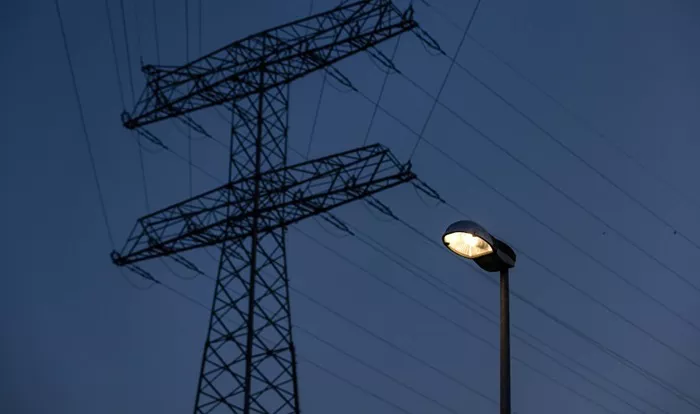Australia’s Power Prices Skyrocket Amid Energy Supply Disruptions and Market Manipulation
Wholesale electricity prices across Australia’s National Electricity Market (NEM) surged by 25% to $133 per megawatt hour (MWh) in the June quarter, marking the highest rates since the 2022 energy crisis. The sharp rise is attributed to a confluence of factors including record-high demand due to cold weather, coal outages, and reduced wind and hydro power output, which have led to a heightened reliance on gas—the country’s most expensive power source.
The Quarterly Energy Dynamics report from the Australian Energy Market Operator (AEMO) highlights New South Wales (NSW) as the hardest-hit state. NSW, home to the largest grid and the most extensive coal-fired power fleet, saw a threefold increase in failures of baseload coal plants. This spike was particularly severe in May, when network constraints and aggressive bidding by major utilities capitalizing on the tight market conditions drove prices to the market cap on multiple occasions. This bidding behavior, though not illegal, has led to scrutiny from the Australian Energy Regulator (AER), which questions whether it serves consumer interests.
According to AEMO, coal outages and associated bidding behaviors contributed $45/MWh to the $173/MWh average price in NSW for the June quarter. The AER’s calculations indicate an even higher impact, with coal outages and market manipulation accounting for $55/MWh of the $189/MWh average price. Without these disruptions, NSW’s average prices might have actually decreased.
In response, the NSW state government has decided to further entrench its dependence on coal by agreeing to pay Origin Energy up to $450 million to keep the Eraring coal plant operational, despite the plant’s recent losses and market suspension.
Across the rest of the grid, a notable decline in wind generation—down 20% compared to the previous year—and a 16% drop in hydro output resulted in increased reliance on costlier gas generation. This led to significant price hikes in various states: Victoria saw a 43% increase to $127/MWh, South Australia experienced a nearly 10% rise to $135/MWh, and Tasmania’s prices nearly doubled to $131/MWh due to reduced hydro output exacerbated by drought.
Queensland, however, was less impacted. Despite a lull in wind generation, which is currently limited, Queensland’s average price fell by 20% from the previous year to just above $100/MWh. The state benefits from ample solar power during the day, although the lack of sufficient transmission and battery storage means prices often drop below zero. Western Australia also saw stable prices, with increases in wind, solar, and rooftop PV offsetting the effects of outages in its aging coal and gas generators.
AEMO Chief Executive Daniel Westerman noted that Queensland and NSW typically experience higher wholesale prices compared to the southern regions due to their lower renewable energy contributions. However, in the last quarter, Victoria and South Australia faced higher prices than Queensland due to reduced wind and hydro output being replaced by more expensive energy sources.
The energy price trends have significant implications for Australia’s energy policy. The current Labor strategy, supported by AEMO’s planning, advocates for increased renewables and storage to diminish reliance on fossil fuels, particularly costly gas plants, which are deemed necessary only during extreme demand periods.
In contrast, the federal Coalition supports prolonging the operation of coal-fired power stations, slowing the deployment of renewables and storage, and relying on gas as an interim solution while awaiting the potential development of nuclear power in the 2040s. Critics argue that this approach could lock Australia into decades of elevated emissions and higher energy costs.
An emerging trend is the growing role of battery storage, which, although still relatively low, more than doubled its average generation during morning and evening demand peaks, indicating its increasing influence on setting prices.
AEMO’s report underscores the need for strategic planning and policy adjustments to address the challenges and opportunities in Australia’s evolving energy landscape.
Related topics:
- How Long Should You Continuously Run A Portable Generator?
- Is It Safe To Run A TV On A Portable Generator?
- How Long Can A Home Generator Run Continuously

